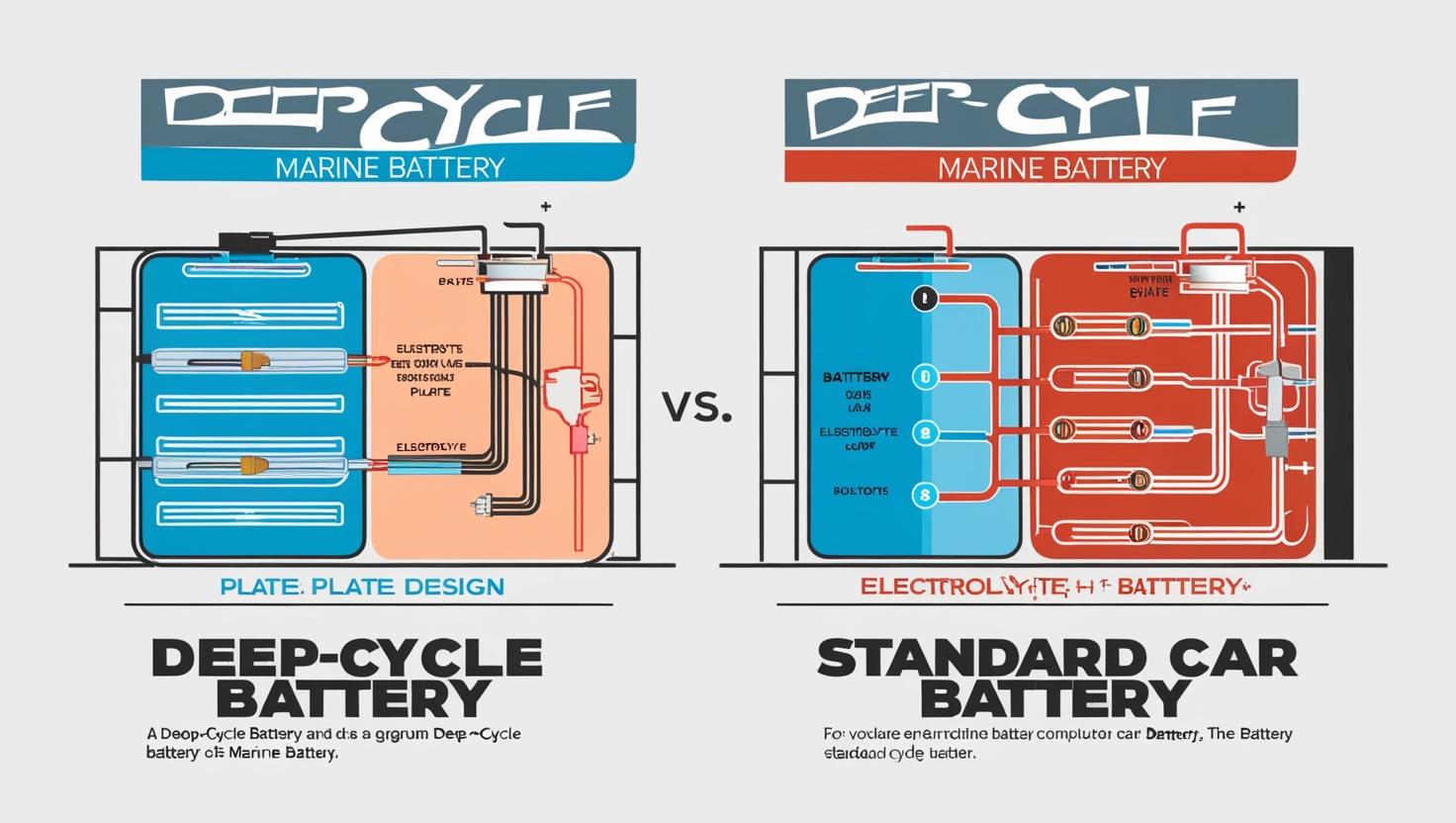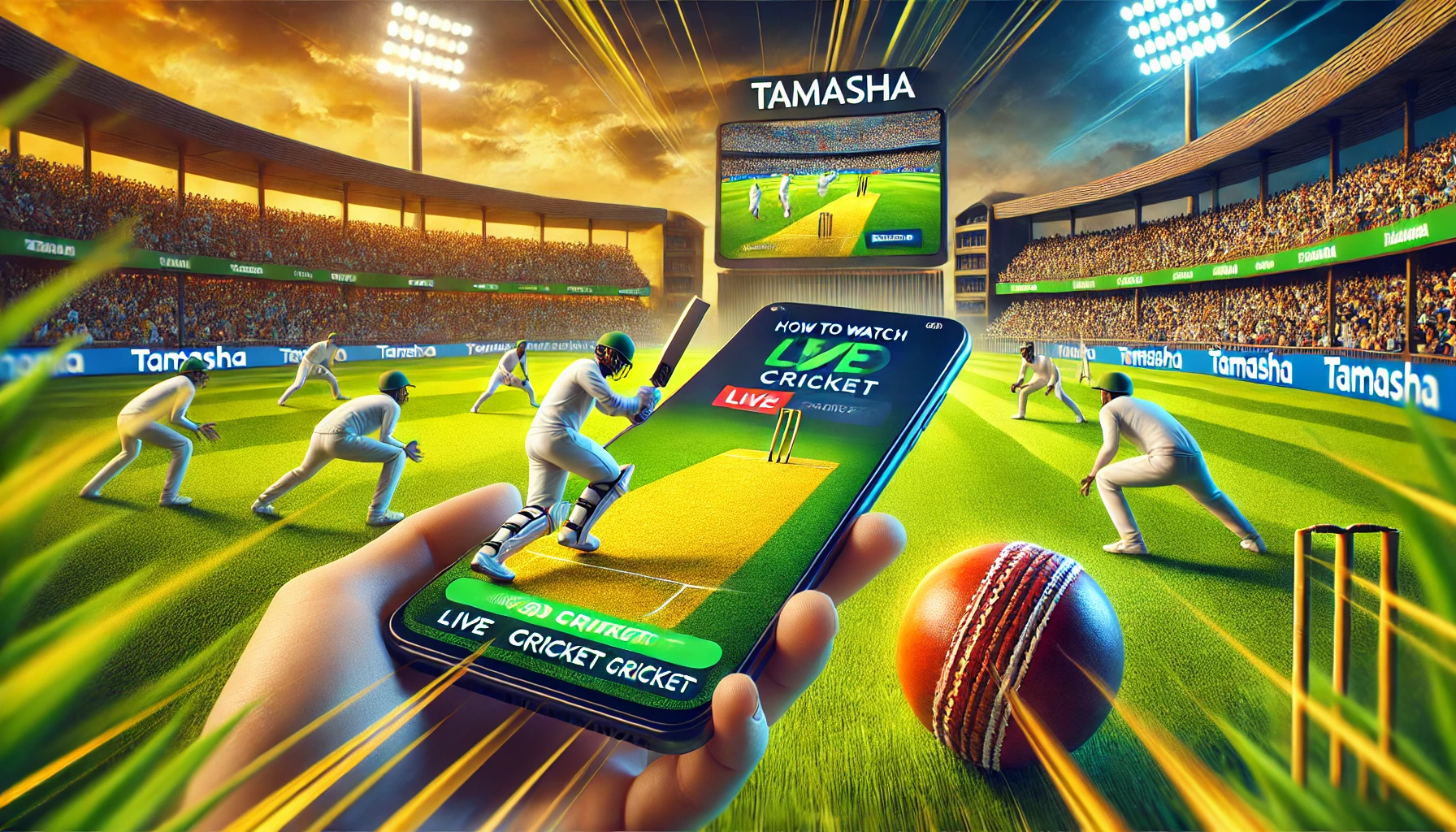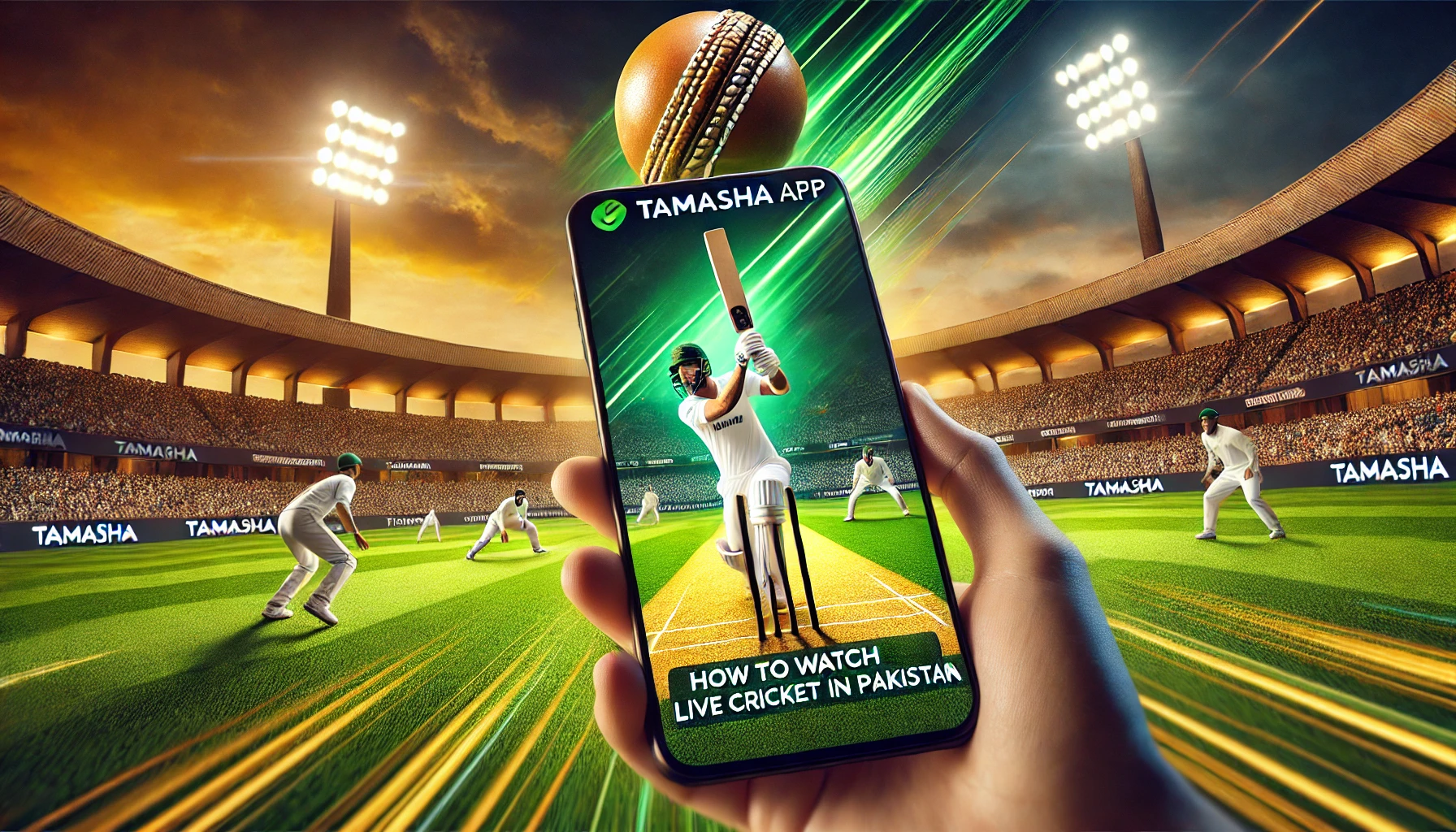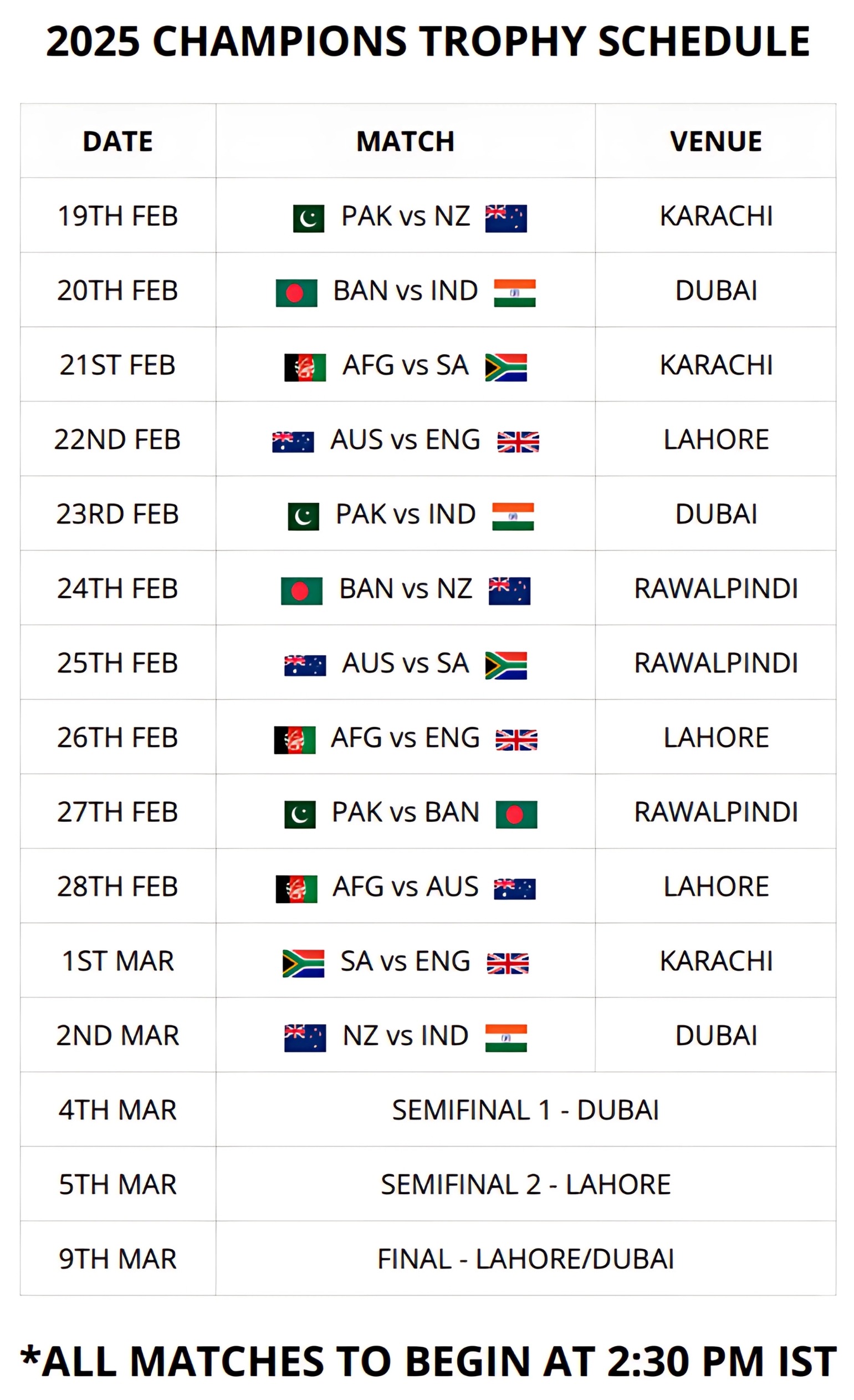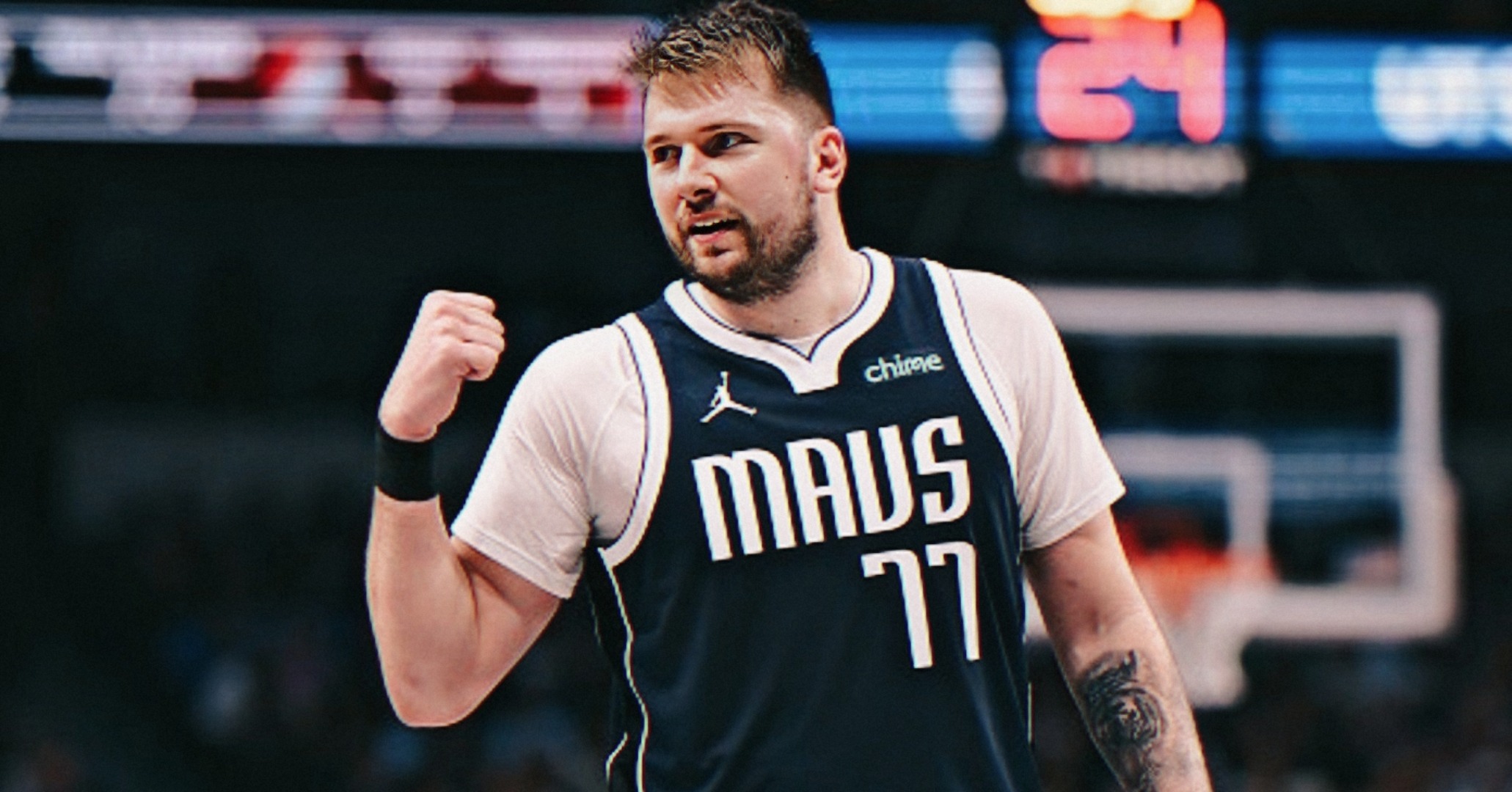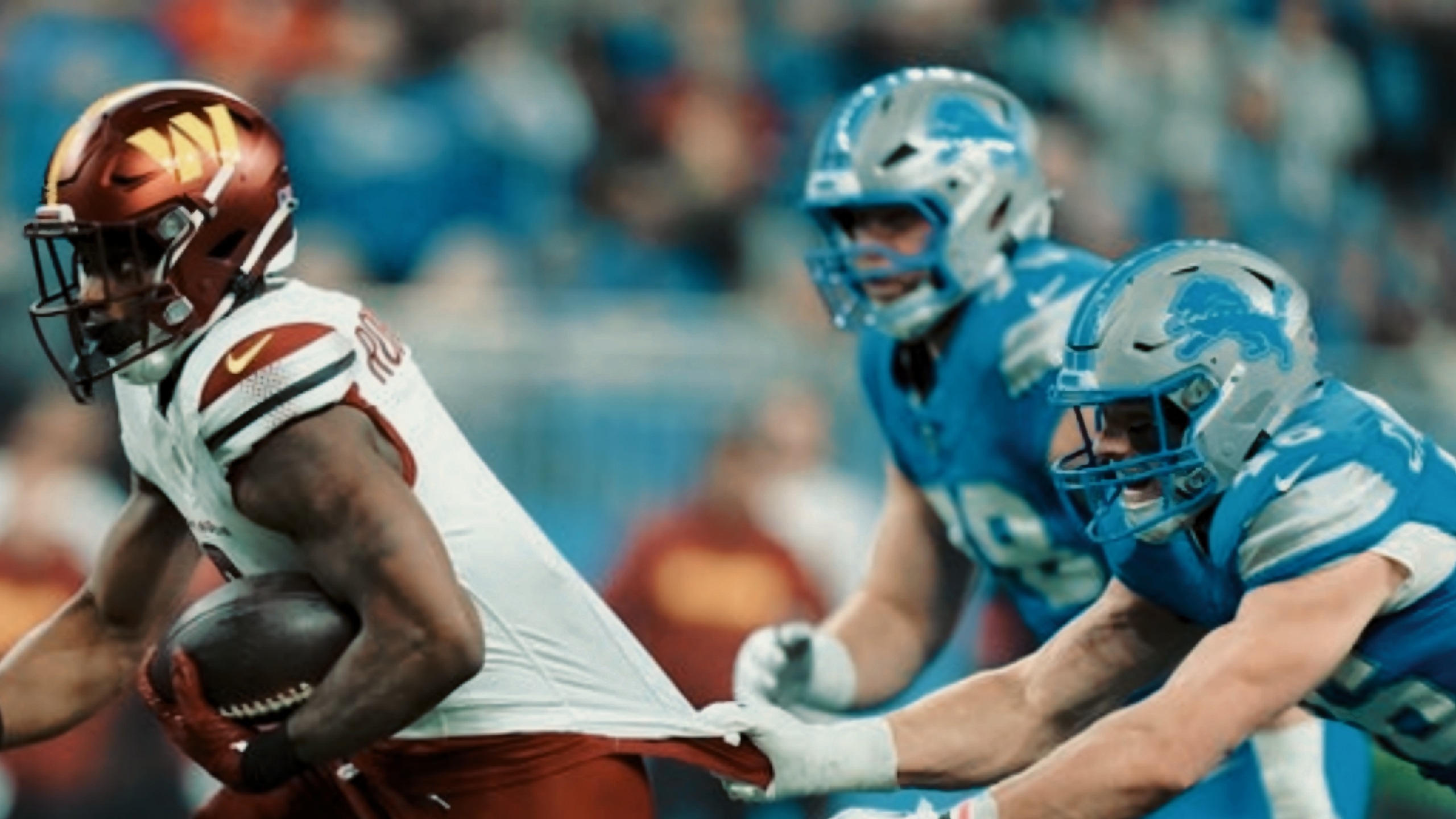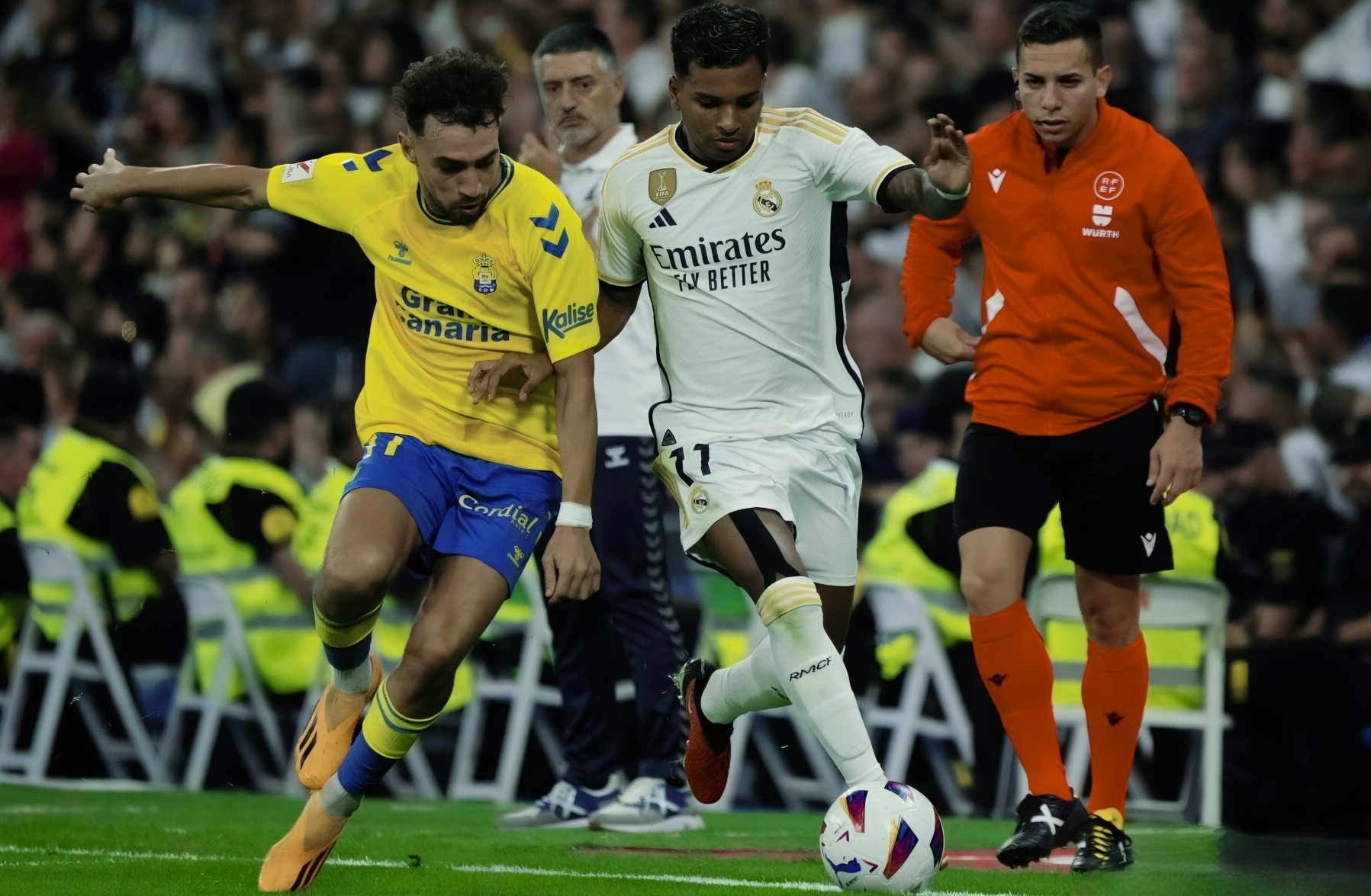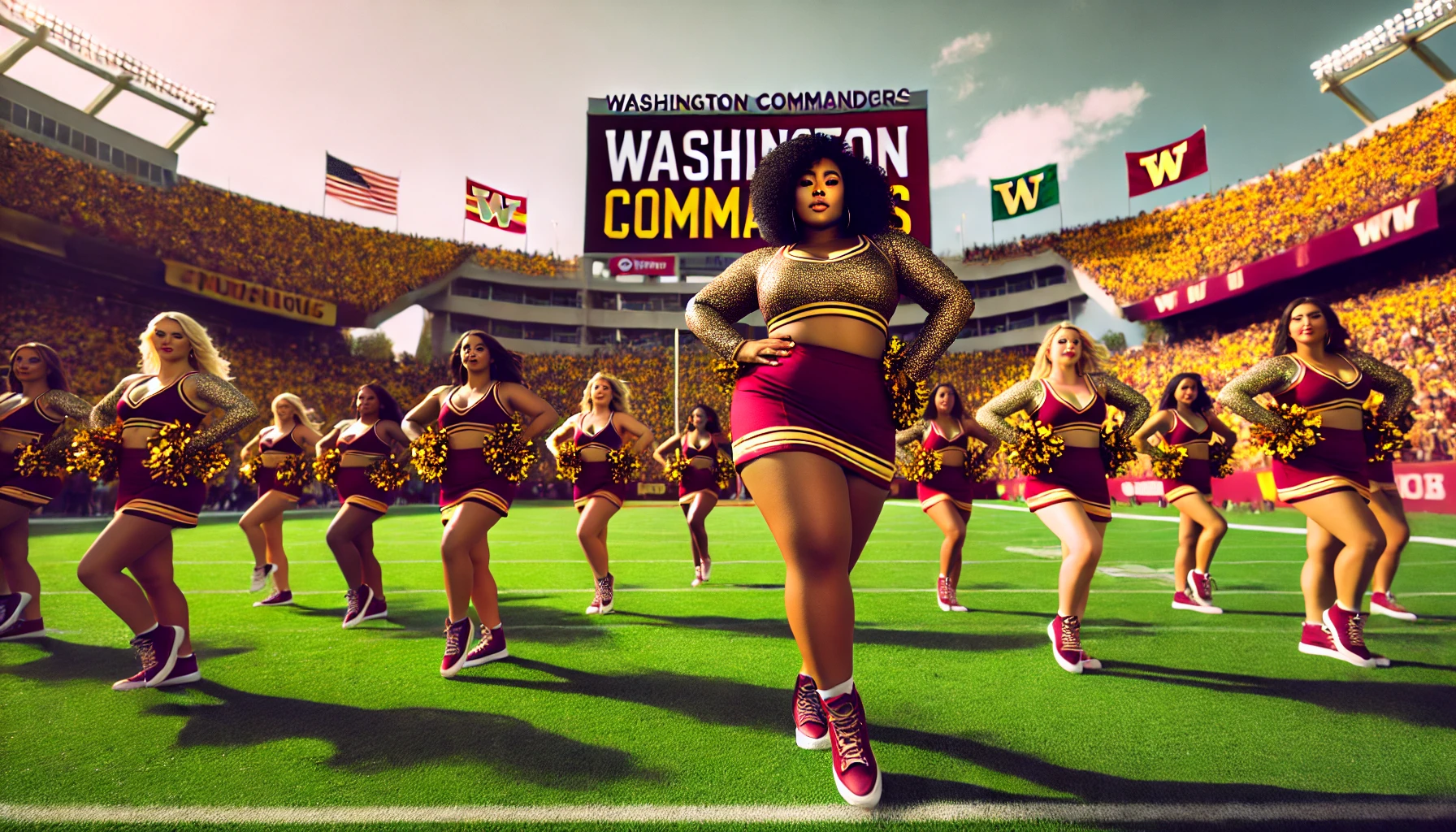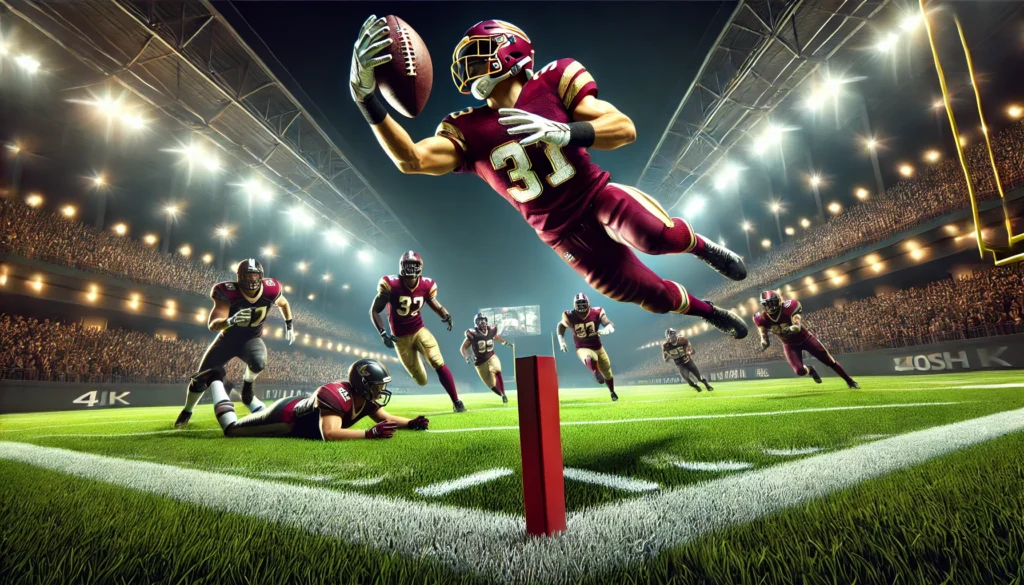The Ultimate Guide to nba defense vs position: Welcome to the complete, in-depth guide on how nba defense vs position works. In this piece, we will analyze the mechanisms of how positions on a basketball court relate to their corresponding defense strategies. We will detail historical context, empirical evidence, expert opinions, and future projections, all while attempting to inject humor and frankness coupled with stanford.edu and cdc.gov level sources.
Understanding how defense strategically adapts to position might feel erratic at times, it is always a thrilling experience akin to how wifi works great for Netflix but awful for mom’s texts.
What is nba defense vs position?
NBA defense versus position refers to the methods by which opposing players’ strengths and moves as per their positions on the court are accompanied by corresponding legal moves to outsmart them on the defense. In the NBA, each position, whether it be a point guard or a center, comes with a preset array of skills and duties, and moves to counter them are created. For example, it is easier to defend a dominant center than to guard a sharpshooting guard.
New research from the sports science departments of various colleges like stanford.edu shows that specific tailored defenses such as the NBA defense versus position can lower an opponent’s scoring efficiency by 15 percent. Moreover, cdc.gov has done research that highlights the value of specific drills in improving player performance while decreasing the chance of injuries, which is particularly useful when discussing nba defense versus position and tactics.
The Changing Nature of NBA Defense Against Position
An Insightful Overview of NBA Defense Against Position
The NBA defense versus position strategies as known today came to be existed as a result of extensive evolution over the years. The earlier modes of basketball adopted a man-to-man defense as the core strategy, later on, as the game evolved coaches started to take advantage of certain matchups by creating strategies geared towards certain positions. This has made the game more evolved which some might argue is akin to playing chess on a basketball court.
Historically franchise that adopted the NBA defense versus position style had high defensive efficiency and collective success. For example, in the 1980s, some legendary franchises used zone defenses in a creative way to counter great scorers. Recently, modern analytical techniques have enabled coaches to improve the NBA defense versus position tactics to meet the high standards of the modern multifunctional athletes.
Finding similarities between NBA defense and offense is like comparing an old flip phone with a smartphone. The features of a smartphone are designed to outdo the competition.
Milestones in NBA defense vs Position
1960s-70s: During this period, there was virtually no difference in the execution of man-to-man defense as it applied across marked limitations of positions.
1980s: This is the date when it is clear that zone defenses began taking root, which somewhat changed the position-centered approach to game strategy.
2000s to Now: Today, the use of sophisticated analytics is changing the game. Strategic cases of NBA defense vs position was expanded through the use of tools for artificial intelligence. Coaches no longer have to subjectively analyze the performance of the players as sophisticated data describes in detail their characteristics and weaknesses.
Key Components of NBA Defense vs Position
Position Specific Strategies
NBA defense vs position is comparing the power of attack from defenders against shooters from specific positions. It involves customizing plans to cover critical shooting zones of particular positions.
Point Guards: Availability of defenders with greater mobility and a ball, as quick hands and anticipation is valuable against neutralizing a playmaker.
Small Forwards and Shooting Guards: This function often requires defenders that are able to switch on s screen (an essential feature of nba defense vs position).
Power Forwards and Centers: The defenders fulfilling these functions must possess skills that enable them to perform appropriate rebounds filled with shot-block exercise protecting the basketball personnel. These skills of these defenders are an essential part of the strategies of the NBA defense vs position.
Research by stanford.edu indicates that teams that effectively utilize nba defense vs position strategies do so at a lower efficiency rating, proving the effectiveness of the specific strategies.
Understanding technology’s impacts on the NBA defense by position strategy
New technologies have incorporated video breakdown, wearable s to analyze physiological stats, and game flow tracking systems that enable real-time adjustments for the defensive strategys matchups. These tools help identify a position’s weakest link and allow in-game alterations to maximize productivity.
We all know how important it is to link modern technology with sport practice. Clearly using these tools is more productive than having a manual that simply explains, or rather limits, the use of modern technology.
To think about it, utilizing technology such as GPS while playing a defensive position is similar to being given a high-performing GPS system: it gives you most, if not every information that would aid in making your movements more reliable in the face of athletic challenges.
Quantitative Analysis of NBA Defense by Position
Advanced Metrics and Analytics
In the case of nba defense by position, the effectiveness of practices is measured. Defeensive rating, opponent field goal percentage, and turnover rate are essential. Numbers explain much of tese metrics such as qualitative position specific defense is performed. For instance there was a case study argued by team members from Stanford university that proved that teams emphasizing defense by position had the improved their defensive rating by 8points/100 possesion.
Impact on Game Outcomes
The cdc.gov has given evidence that effective defense strategies can greatly change how the game works in the favor of the defending team, and that is is the same with effective nba defense vs position strategies. These, not only create scoring opportunities, but also limit scoring chances for the opponent. Such as patient defenses against certain positions often lead to topped passes, and then transitions points from sprinting down the court.
Attempting to use defense only without a specific strategy is like trying to heal a broken bone with band aids; it may work sometimes, but seldom does not accomplish anything worthwhile.
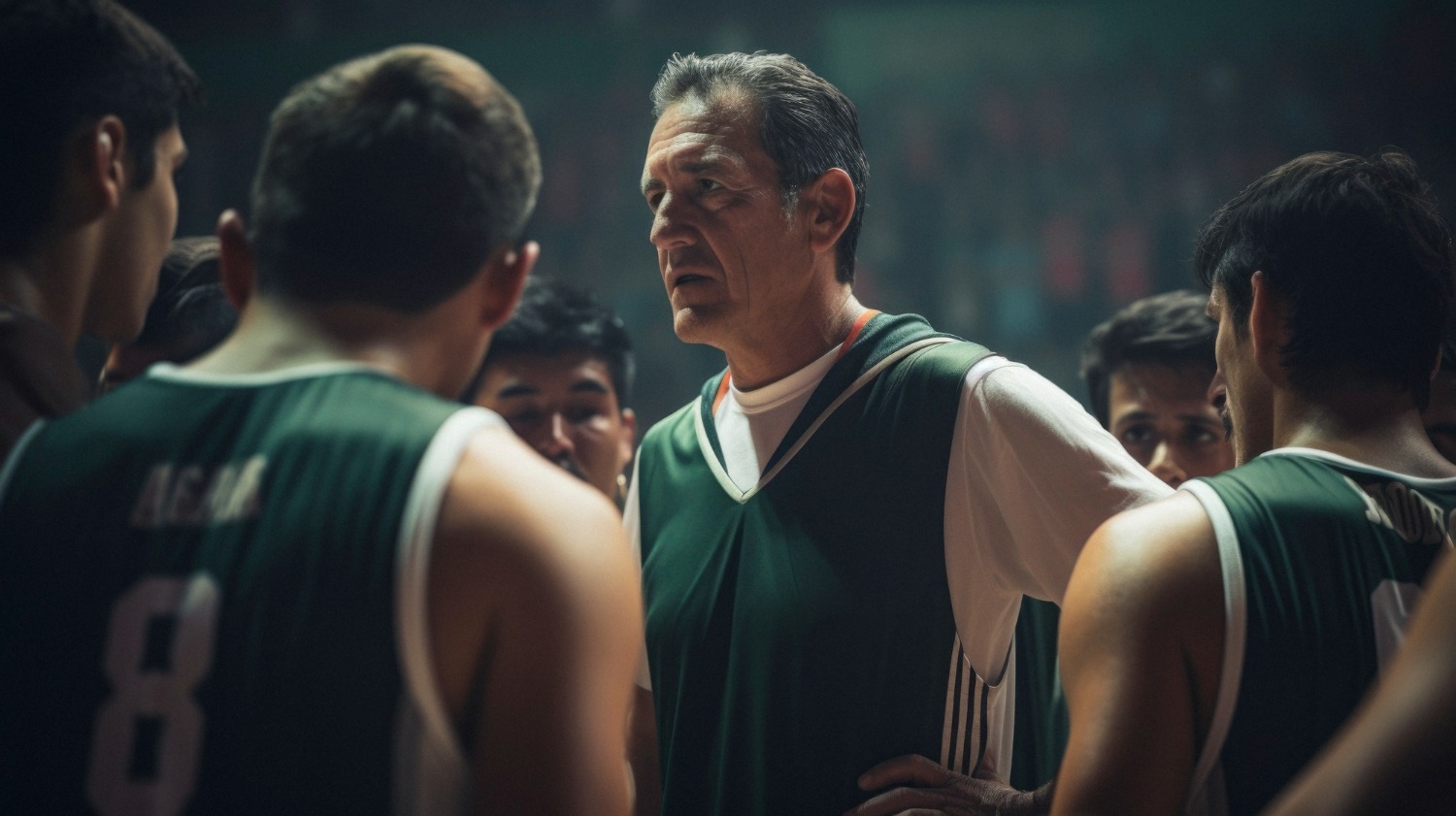
Strategies and Techniques in nba defense vs position
Man-to-Man vs Zone: nba defense vs position Tactics
Some of the strenuous disscusions in nba defense vs position includes whether to implement man to man or zone defenses. While the individual defender does follow and pressure an assigned player, man to man indeed puts more direct pressure than zone defenses where defenders cover high value areas like the paint. Sometimes, the decision hinges on an opponent’s capabilities:
-Man To Man: Very appropriate in countering aggressive scoring guards who can be tracked very well.
-Zone: It breaks up team cohesion and forces weaker and lower percentage shots.
Coaches will additionally hover in and out of these tactical systems with their bass lines and principals of both zones and presses, and these central strategies aid in optimizing a constantly changing nba defense vs position throughout the game.
Plan Changes During Game
nba defense vs position requires a team’s focus to shift constantly over the course of a game. Coaches adapt to changing matchups and other pointers such as statistics as the game progresses. If the opposing center, for example, is performing better than he should be, the opposing team may opt to shift to a double team approach. In this case, the nba defense vs position would not only adapt, but shift flexibly in response to an active opposing player on the court.
Changing your adaptation of position defense during the game is like going from a regular cup of coffee to an espresso. In both scenarios, you are pouring in more value at a point where you need it most!
Use of Communication
Communication is important in performing nba defense vs position. Players need to actively talk to one another to make sure screens are being switched properly, they are assigned tasks and they are still being defended properly. Ineffective communication can either lead to a great defensive play or lead to a breakdown in defensive coordination which could potentially prove disastrous.
The Effect of nba defense vs position on Performance of the Team
Real Life Case Studies
With respect to defense strategies, quite a number of NBA teams have adopted and successfully implemented the defensive positioning practices. For instance, the noted San Antonio Spurs and Miami Heat teams are famed for their ability to change particular box defensive strategies to fit a specific opponent’s lineup. And for that, these teams have been consistently ranked among the best teams in the league when it comes to defensive performance.
Stanford’s research shows implementing unique strategies gives positive results. In one case study, a team that put into action focused NBA Defense versus Position strategies lowered their opponent’s scoring by 12% compared to the league average.
Long Term Benefits
Besides the immediate benefits during the games, having a focused NBA Defense versus Position strategy is beneficial for developing players over time. Teaching athletes the art of defending different positions allows the coach to build a more flexible and tough team. This well-rounded model helps win games but also equips the players to face various other challenges in life on and off the court.
The Future of NBA Defense vs Position
Emerging Trends and Innovations
The future of NBA Defense versus Position looks bright as it will be enhanced with technology and changes in the role of the players. As data analytics improve, teams are likely to further cutomize their defensive strategies. These include the use of Artificial Intelligence to more accurately guess the movements of opposing players, along with the use of virtual reality training simulations.
Institutions such as Stanford University are leading in looking into these technologies and are set to revolutionize how defenses consider position in the NBA. As new technologies come forth, anticipate defenses that not only react, but also proactively modify in real time based on each opponent’s tendencies.
Everyone has turned their attention toward the topic, and it is becoming a trend worldwide, let us see how even fusion of basketball leagues in Europe, Asia and other parts are being affected by the `american way`. The blend of ideas is transforming the game globally and motivating new solutions in defensive strategy.
The way we see advancement in NBA defense vs position is like the way people have switched to using smart-phones, it started off in one region and now enables fans of basketball all over the world!
FAQs About NBA Defense vs Position
Here is a bunch of questions most sought in relation to nba defense vs position that you may find odd, but very informative.
Q1: What is NBA defense vs position?
A1: Matching a strategy for defense to a specific position of an opposing player is the crux of defense vs position, for instance, a point guard vs a fast defender and a center vs a shot blocker.
Q2: Why is NBA ‘defense versus position’ crucial in the NBA?
A2: NBA ‘defense versus position’ is very important because it helps teams optimize their defensive strategies, minimize scoring by the opposing team, and cause turnovers by certain matchups. It’s effectiveness can also be observed from stanford.edu research.
Q3: How do teams execute ‘defense versus position’ in the NBA?
A3: Teams execute NBA defense versus position by employing a combination of man and zone defense, changing defensive strategies based on how the players are performing during the game, and using sophisticated technology and communication tools to implement efficient NBA defense versus position strategies.
Q4: How does ‘defense versus position’ impact technology use in the NBA?
A4: Technology, such as real-time analytics, sensors, and videos, has a great impact on the refinement of ‘defense versus position’. This provides coaches and players with insights that enable them to modify the game plan for better results.
Q5: Does ‘defense versus position’ impact a team’s performance in the NBA?
A5: Yes, effective strategies make a clear difference with the defensive ratings and opponent scoring, as well as with player development in the long run, all validated by the stanford.edu and cdc.gov studies.
Q6: What is the future of positional defense in the NBA?
A6: Future trends involve new practices like the employment of AI, the use of virtual reality for training, and the use of predictive and adaptive real-time analytics to improve NBA defenses versus positions strategies.
Concluding Thoughts on NBA Defense and Offense by Position
One of the most profound components of contemporary basketball tactics, analytics, and technology, nba defense vs position is priceless and invaluable. Knowing that different positions entail specific defending styles that work optimally, defenses can be strategically engineered to enhance performance while neutralizing antagons and clinching wins.
Since its chronology and history to actual adoption by leading teams in the NBA, nba defense vs position has been a hot topic for debates among experts in coaching and analysis. With the paper available at stanford.edu and comments from other professionals, it’s evident that the future of NBA defense versus position is promising and tremendous.
Whether you’re an NBA fanatic or a casual observer, there are always new strategies to learn, and an effective game plan to the NBA defense position is no different in requiring a physical component. As you dive deeper, the challenges of nba defense vs position add so much more zest to the sport itself that whether or not you love the game, you will always remain entertained.
In all honesty, it’s a bit like trying to keep your streaming service operating optimally—surely, there are hurdles at every corner, but keeping on top of nba defense vs position brings a totally new element of fun that is wholly refreshing, at times even comical.
This guide is meant to showcase the many things one can learn and also offer, so thank you for accompanying us on this journey into the depths of nba defense vs position. This discussion seeks to encourage the learners and spectators to open themselves to the test, fully delve into the game, and recognize what forms and turns nba defense vs position into an exhilarating facet of basketball.
Here’s to a future where your defensive strategies are sophisticated, your study of matchups intense, and your love for the game sky-high—much like your top playlist that never seems to age!
In summary, nba defense vs position example isn’t simply a strategy. It’s a proof of how the game of basketball has transformed water-cooler talk into an evidence-based analytical practice. Dividing defensive strategies by position enables teams to analyze match-ups, optimize performance, and win games. The prospects of nba defense vs position with the introduction of technology and analytics is bound to be game-changing.
Watching trends, studying stats, and finding joy in the game matters. Today, whether you are supporting your favorite team from the stands, reviewing the game, or playing fantasy leagues, knowing nba defense vs position is sure to make your experience watching basketball even better.
We’ve reached the end of this exploration about nba defense vs position and appreciate your views thus far. We trust you found it useful, light-hearted, and entertaining at the same time. Always remember, nba strategy with the defense in mind is adapted in
real time and every single adjustment blends into a blend of creativity and control. Enjoy the game, and do tell us how your findings on nba defense vs position changed your perspective!





